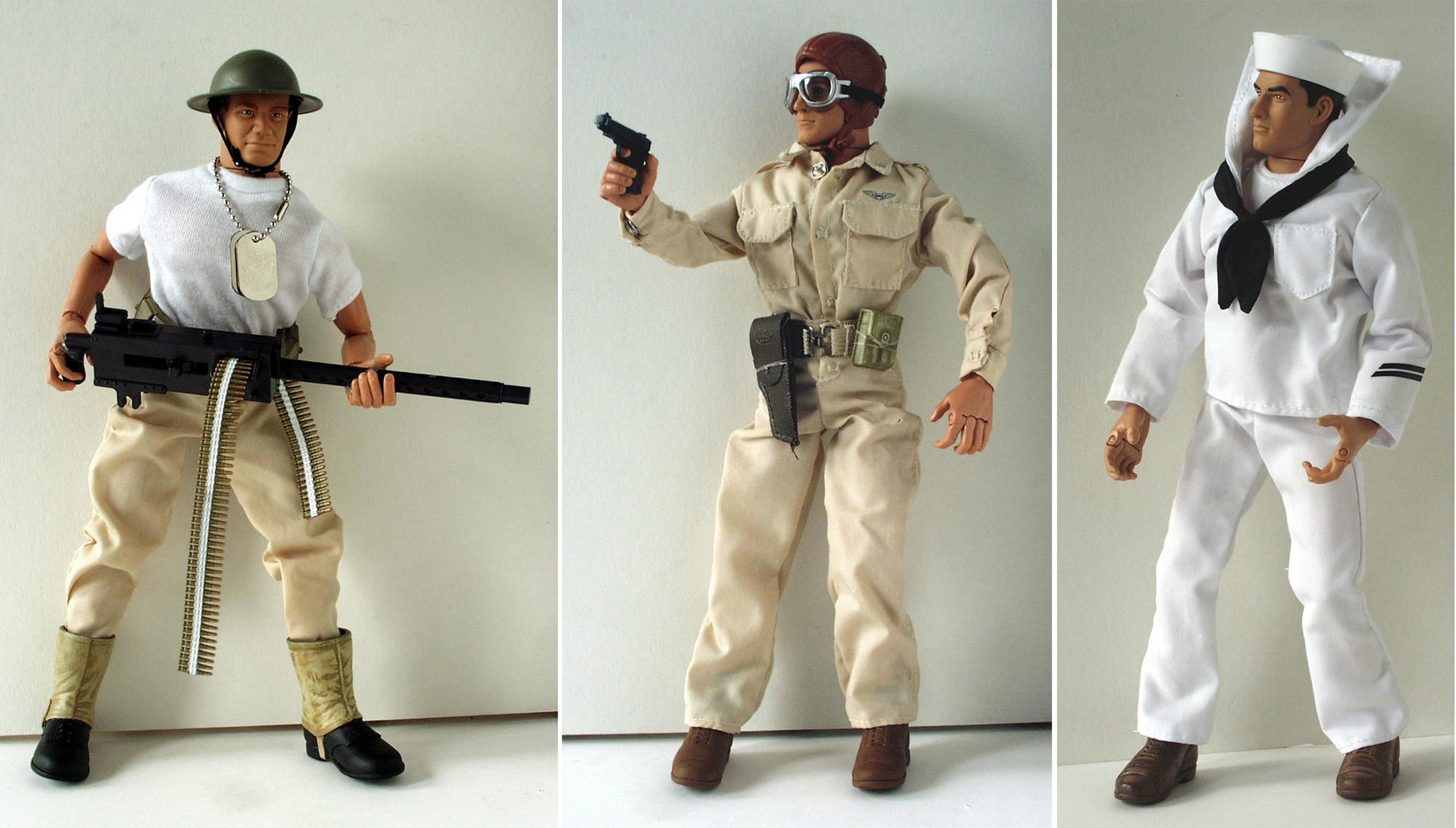NEW YORK • Stan Weston, whose concept for a military action figurine became the heroic G.I. Joe, one of the most popular toys produced, died on May 1 at his home in Santa Monica, California. He was 84.
His daughter, Ms Cindy Winebaum, said the cause was complications from surgery.
In 1963, Weston was a successful licensing agent. When he approached the Hasbro toy company, he believed he might be able to replicate the success of the Barbie doll, the plastic fashionista that had been introduced by Mattel in 1959 and was followed two years later by her boyfriend, Ken.
From Mr Elliott Handler, a founder of Mattel, he had learnt that a popular product could spawn a big, continuous business, such as Barbie's outfits and accessories.
After trolling Encyclopaedia Britannica for a subject that might yield Barbie-esque success, he alighted on the men of the United States military, who wore many uniforms, wielded numerous weapons and drove various vehicles (read: accessories).
For his pitch to Hasbro, he mounted paraphernalia from military branches and flags on yellow cardboard, according to a 2012 article by his brother, Jay, in The Huffington Post.

At a second meeting, Weston brought mock-up figurines of a soldier, Marine, pilot and sailor using small, flexible wooden models that he had bought in an art supply store. "You will make a fortune with these," Mr Donald Levine, a Hasbro executive, told Weston, according to the article.
As payment, Hasbro offered him US$75,000 or a tiny royalty fee that was below the industry norm because he was new to the toy business, his daughter said. Eventually, he asked for US$100,000 and Hasbro agreed.
"When he saw the line at the 1964 Toy Fair," she said, "he knew he had made a mistake."
Mr Levine, a Korean War veteran, said he named the doll after watching the 1945 film, The Story Of G.I. Joe, and that it was his way to honour the armed forces. Manufacturing of the 30cm-tall G.I. Joe figurines began in 1964.
G.I. Joe was a breakthrough: a boy's doll, only in battle dress, with a footlocker full of accessories that kept young fans hungry for more. More than 400 million G.I. Joe action figurines had been sold in the US by 2009.
"It defined the beginning of the action figurine category," said Mr Steve Pasierb, president and chief executive of the Toy Association trade group.
Stan Weston was born Stanley Alan Weinstein on April 1, 1933, in Brooklyn, New York. His father, Philip, worked in the garment industry; his mother, Shirley Bisnoff, was a housewife and jazz pianist.
As a child, Weston not only loved and read comic books, but he also sold some of his from a milk crate for 3 US cents each. He attended New York University before serving in the army. He changed his surname to protect against anti- semitism in the business world.
After creating G.I. Joe, Weston balanced licensing work with other ventures.
In 1966, he created Captain Action for the Ideal Toy Co. He was also a major part of a group that developed the 1980s cartoon series Thundercats and licensed its products worldwide.
In 2015, he filed a suit in federal court to terminate Hasbro's copyright to G.I. Joe. The value of the copyright interests that he transferred to Hasbro exceeded US$100 million, the suit said.
His lawyer, Mr Bert Fields, said the case was settled last year and that the terms were confidential.
In addition to his daughter and his brother, Weston is survived by two sons and five grandchildren. His two marriages ended in divorce.
NYTIMES
